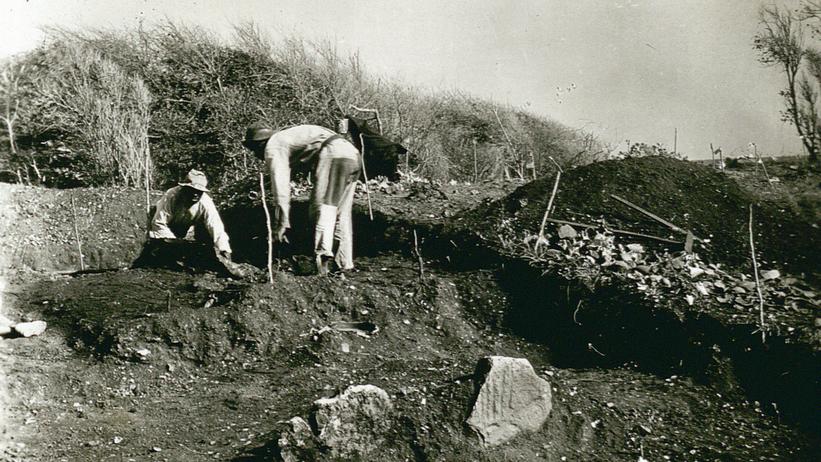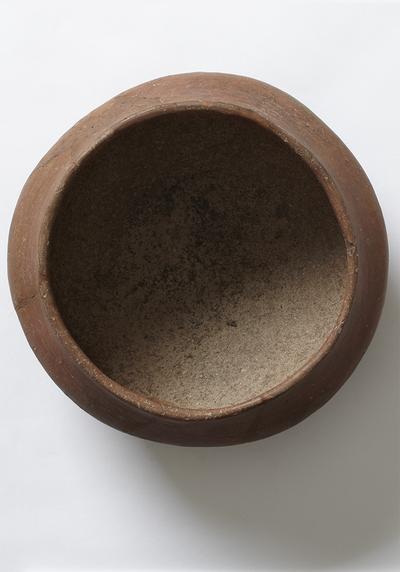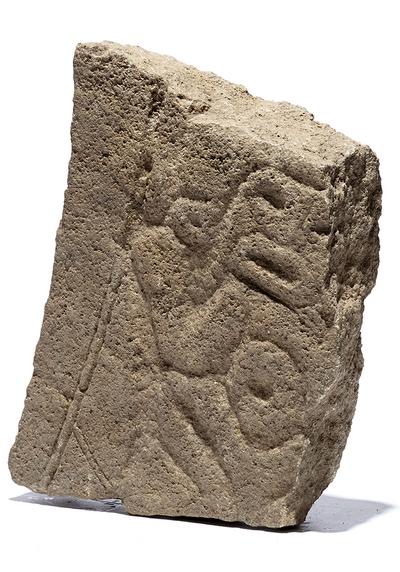
Salt River Bay
Salt River Bay is on the north side of St. Croix. During the history of the island it has been home to different indigenous settlements and the focus of numerous archaeological excavations. One of these was conducted in 1922-1923 by the Danish archaeologist Gudmund Hatt. Archaeologists call the prehistoric cultures ‘pre-Columbian’ because they are from the time before Columbus’ arrival in 1493.
The "Lost People"
The Caribbean was populated when the Spanish arrived. But European diseases and brutal attacks resulted in the decimation of indigenous populations on many Caribbean islands. In 1922 the archaeologist Gudmund Hatt referred to them as ‘the lost people’.
There is no conclusive evidence of how the Caribbean islands were populated, but there are strong indications that there was a lot of mobility and that immigration took place in waves from the Amazonas, Central America and the Andes region. In the Columbian era the Caribbean islands were largely populated by two groups – the Taino to the west and the Carib to the east. Salt River Bay had been populated by both groups: From 650 CE the Taino took over the islands from the Igneri, and were in turn expelled by the Carib in 1425 CE. The Caribs were warriors, raiding their neighbours and taking Tainos as slaves.
Salt River Bay is the only place in the U.S. we can be certain Columbus disembarked on his second voyage to the American continent in 1493. His meeting with the indigenous population is described by his son Ferdinand Columbus.


A Religious Centre
Salt River Bay was not an ordinary settlement, but a religious centre, first for the Taino, then for the Carib. We know this because archaeologists have found remains of human sacrifices here. The only known ball court in the Eastern Caribbean has also been found in Salt River Bay. Ball courts of this type have also been found in Central America, where they were holy sites and where the game of manoeuvring a ball of natural rubber into a goal was a ceremonial act that could include human sacrifices. Belts of rocks have been discovered next to the playing fields, which were either worn during the game as a kind of handicap, or were awarded to the victors as trophies. Their exact function remains an archaeological puzzle.
Today Salt River Bay is managed by the American National Park Service. You can explore the Salt River Bay collection here.
